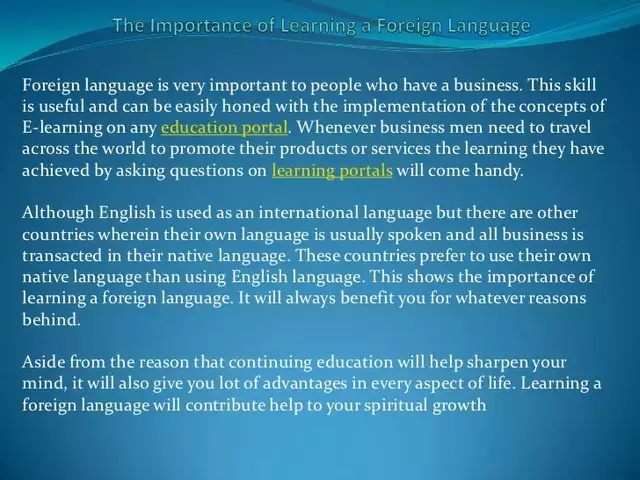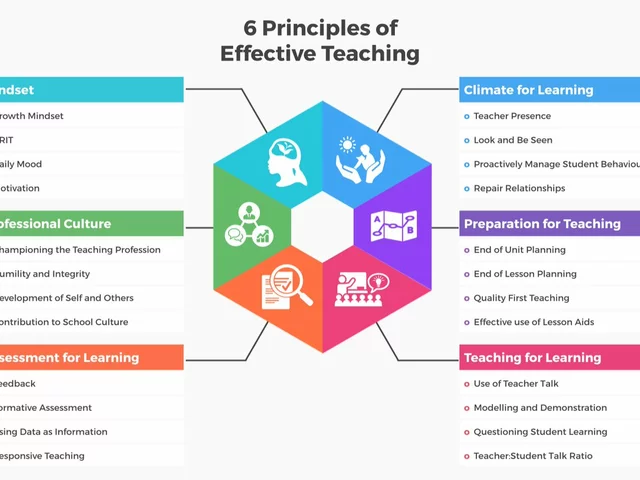
Understanding Correspondence Education
Before we delve deeper into the subject of correspondence education, it's essential that we first understand what it is. In simple terms, correspondence education is a form of distance education where all the coursework and communication between the student and the institution is carried out via mail. This means that the student does not need to physically attend classes. Instead, they get all their study materials, assignments, and even exams sent to them. This method of education has been around for centuries and is still prevalent today, especially among those looking to further their education while handling other responsibilities.
The History of Correspondence Education
Correspondence education has a rich and exciting history that dates back to the 19th century. It was a revolutionary idea at the time, allowing people in remote areas to access quality education. The first known correspondence course was introduced in 1840 by Sir Isaac Pitman in the United Kingdom. Over time, correspondence education spread across the globe, with many countries establishing their own correspondence institutions. In the United States, the University of Chicago was among the first to adopt this system in the early 20th century. Understanding the history of correspondence education helps us appreciate its impact and evolution over time.
How Correspondence Education Works
One might wonder how it's possible to attain education through mail. Well, the process is pretty straightforward. Once you enroll in a correspondence course, the institution sends you all the necessary study materials. These may include textbooks, study guides, lecture notes, and assignments. You study at your own pace, and once you complete an assignment, you mail it back to the institution for grading. Exams are also conducted through mail or at designated centers. The most significant advantage of this system is flexibility since you can study whenever and wherever you want.
Benefits of Correspondence Education
Correspondence education comes with several benefits. The most obvious one is the flexibility it offers. It allows you to learn at your own pace and in your own time, making it ideal for those with full-time jobs or other commitments. Additionally, it breaks down geographical barriers, allowing you to access education from any part of the world. It's also generally cheaper than traditional education, as there are no transportation or accommodation costs. Lastly, it promotes self-discipline and independent learning, which are vital skills in today's world.
Challenges of Correspondence Education
Despite its numerous benefits, correspondence education is not without its challenges. One of the main issues is the lack of face-to-face interaction, which can lead to feelings of isolation. It also requires a high level of self-discipline and motivation, as there's no teacher to push you. Additionally, practical subjects may be challenging to teach through correspondence, limiting the range of courses available. Lastly, some employers may not recognize correspondence qualifications, although this is slowly changing as more people embrace distance learning.
The Future of Correspondence Education
With the advancement in technology, correspondence education is undergoing significant changes. The traditional method of mailing study materials is gradually being replaced by online platforms, where students can access resources and communicate with their tutors in real time. These advancements have made correspondence education more efficient and accessible, and it's likely to become even more prevalent in the future. However, it's important to remember that the principles of correspondence education remain the same: to provide quality education to those who may not be able to access traditional learning environments.
Choosing the Right Correspondence Course
Before enrolling in a correspondence course, it's crucial to do thorough research. Check the credibility of the institution and the accreditation of the course. Also, consider your learning style. If you prefer a more structured learning environment, a traditional classroom setting might be better for you. However, if you're a self-starter and enjoy working at your own pace, correspondence education could be the perfect fit. Lastly, consider the cost implications and ensure that the course aligns with your career goals.




